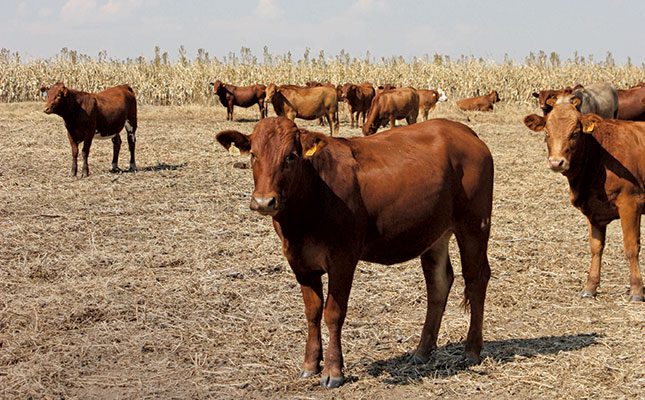
Photo: FW Archive
Some of these diseases, such as rabies, are 100% preventable through vaccination and other methods. A zoonosis is a disease that can be transmitted between animals and humans.
World Zoonosis Day this year focused on breaking the chain of zoonotic transmission. According to the Centers for Disease Control and Prevention in the US, six out of every 10 known infectious diseases in people could be spread by animals, and three out of every four new or emerging infectious disease in people came from animals.
People could be infected through direct contact with the saliva, blood, urine, mucus, faeces or other bodily fluids of an infected animal, and through indirect contact with objects that had been contaminated with the pathogens. They could also become infected when bitten by a vector, such as a tick or insect.
Besides this, people could also get infected by consuming contaminated food, raw milk, undercooked meat or eggs, or by drinking water that had been contaminated with the bodily fluids of infected animals.
Dr Danie Odendaal, director of the Veterinarian Network, identified rabies as the biggest zoonotic threat in South Africa. “Rabies can be transmitted from dogs to people, but is a dead-end in livestock, such as sheep, cattle and goats. Human incidents have been greatly reduced thanks to the vaccination of dogs against the disease and government vaccination campaigns.”
Rabies, nevertheless, still had no cure, so people who had been bitten by an infected animal needed to seek medical attention immediately.
He identified bovine brucellosis, a cattle disease which caused abortions, stillbirths and death in young animals, as the biggest threat to humans when it came to livestock.
Fortunately, this threat had been greatly reduced over the years in commercial diaries, thanks to the vaccination of cattle, regular testing, culling of infected cattle and the pasteurisation of milk.
Odendaal warned that people needed to refrain from consuming unpasteurised milk, unless they bought their milk from a dairy where cows were regularly tested for bovine brucellosis.
While many zoonotic diseases could be fatal, Odendaal said that their risk had greatly diminished over the years, because of improved awareness of the importance of cleanliness, the removal of waste, and availability of vaccines to prevent outbreaks in animals.
He added that if natural disease-causing organisms were not tampered with, the risk of another COVID-19-like pandemic was low.
“All evidence shows that the COVID-19 virus was created in a laboratory through gain-of-function research to test the possibility of making it more transmissible to humans. Without human interference, most natural zoonotic diseases, like the influenza virus, which is host-specific, weakens when transmitted to other hosts, like humans,” he said.
He identified the recent SAT type of foot-and-mouth disease virus in South Africa as a case in point, as it exhibited a weakening trend after the first transmission from African buffalo to cattle. “The virus became less severe with every transmission in cattle host, until it fizzled out.”
He added that a repeat of the bubonic plague was also unlikely, thanks to the development of antibiotics. The biggest challenge in future would be to prevent antimicrobial resistance, he said.











